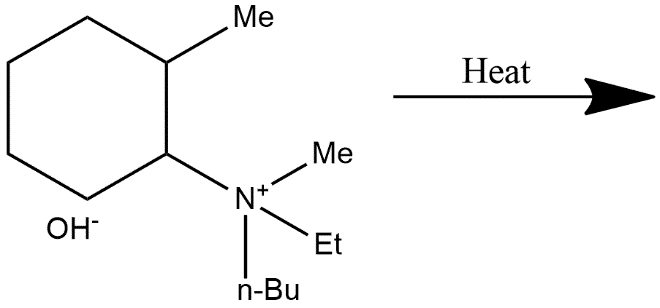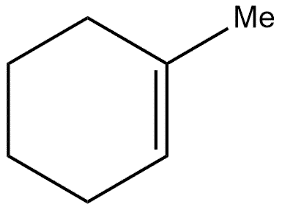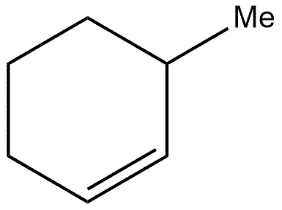
Answer
385.8k+ views
Hint: The given reaction can be explained on the basis of Hofmann elimination which can be defined as the process of creating tertiary amines and alkenes i.e. amines and alkenes having three groups attached with itself from the treatment of quaternary ammonium with excess methyl iodide.
Complete answer:
This process can also be referred to as exhaustive methylation. The Hofmann elimination process is named after the scientist who discovered this process and this is discovered by German chemist August Wilhelm Von Hofmann.
The Hofmann rule states that when there is an asymmetrical amine present in the molecule then the major product of that alkene is least substituted in nature and we can also say that as a result it also behaves as a least stable product. The given compound is quaternary ammonium salt in which four $\beta $ hydrogen atoms and on further heating these quaternary ammonium salts it gives Hofmann elimination reactions in which it abstract most acidic hydrogen and major product formed is least substituted alkene i.e.
$C{{H}_{2}}=C{{H}_{2}}C{{H}_{2}}=C{{H}_{2}}$, from this we can easily conclude that option A is correct.
Note:
If there are no beta hydrogen atoms present in the molecule then Hoffmann elimination reaction is not possible to occur. The most important example of the Hofmann elimination process or the exhaustive methylation process is the synthesis of trans-cyclooctene.
Complete answer:
This process can also be referred to as exhaustive methylation. The Hofmann elimination process is named after the scientist who discovered this process and this is discovered by German chemist August Wilhelm Von Hofmann.
The Hofmann rule states that when there is an asymmetrical amine present in the molecule then the major product of that alkene is least substituted in nature and we can also say that as a result it also behaves as a least stable product. The given compound is quaternary ammonium salt in which four $\beta $ hydrogen atoms and on further heating these quaternary ammonium salts it gives Hofmann elimination reactions in which it abstract most acidic hydrogen and major product formed is least substituted alkene i.e.
$C{{H}_{2}}=C{{H}_{2}}C{{H}_{2}}=C{{H}_{2}}$, from this we can easily conclude that option A is correct.
Note:
If there are no beta hydrogen atoms present in the molecule then Hoffmann elimination reaction is not possible to occur. The most important example of the Hofmann elimination process or the exhaustive methylation process is the synthesis of trans-cyclooctene.
Recently Updated Pages
How many sigma and pi bonds are present in HCequiv class 11 chemistry CBSE

Mark and label the given geoinformation on the outline class 11 social science CBSE

When people say No pun intended what does that mea class 8 english CBSE

Name the states which share their boundary with Indias class 9 social science CBSE

Give an account of the Northern Plains of India class 9 social science CBSE

Change the following sentences into negative and interrogative class 10 english CBSE

Trending doubts
Fill the blanks with the suitable prepositions 1 The class 9 english CBSE

Which are the Top 10 Largest Countries of the World?

Difference Between Plant Cell and Animal Cell

Difference between Prokaryotic cell and Eukaryotic class 11 biology CBSE

Differentiate between homogeneous and heterogeneous class 12 chemistry CBSE

Give 10 examples for herbs , shrubs , climbers , creepers

How do you graph the function fx 4x class 9 maths CBSE

The Equation xxx + 2 is Satisfied when x is Equal to Class 10 Maths

Write a letter to the principal requesting him to grant class 10 english CBSE








